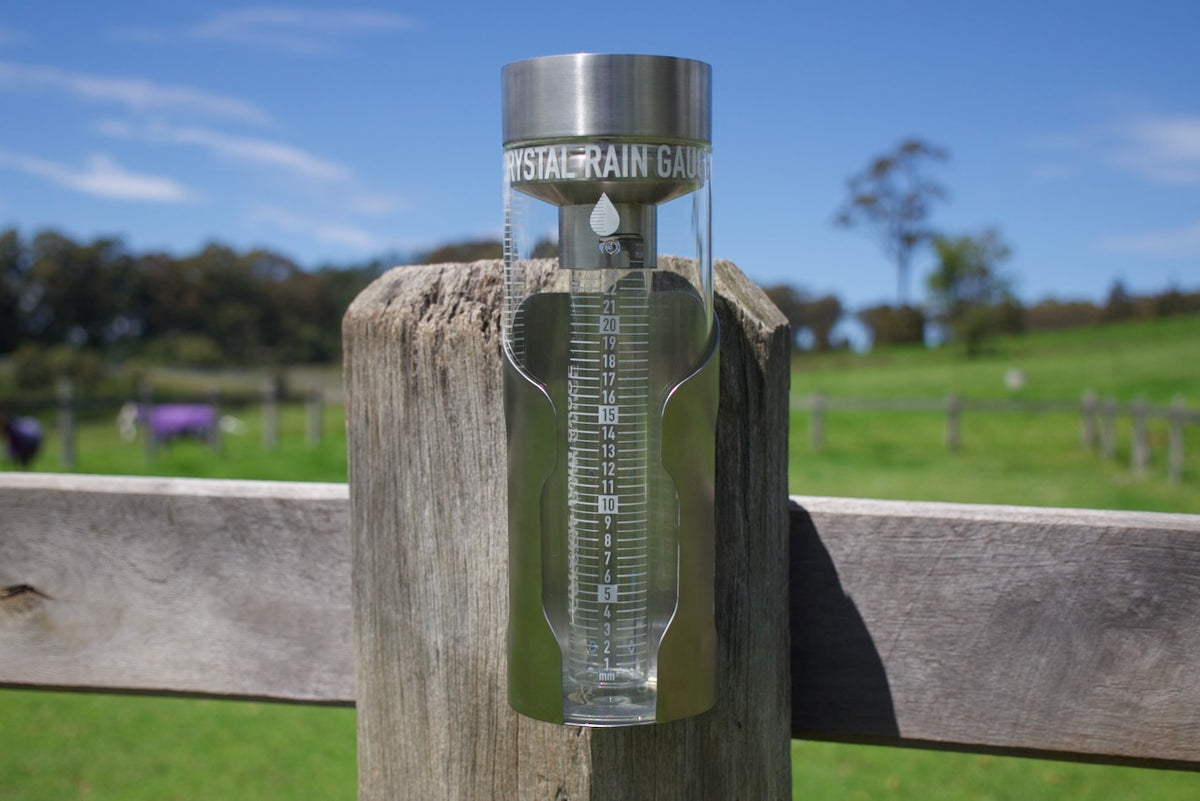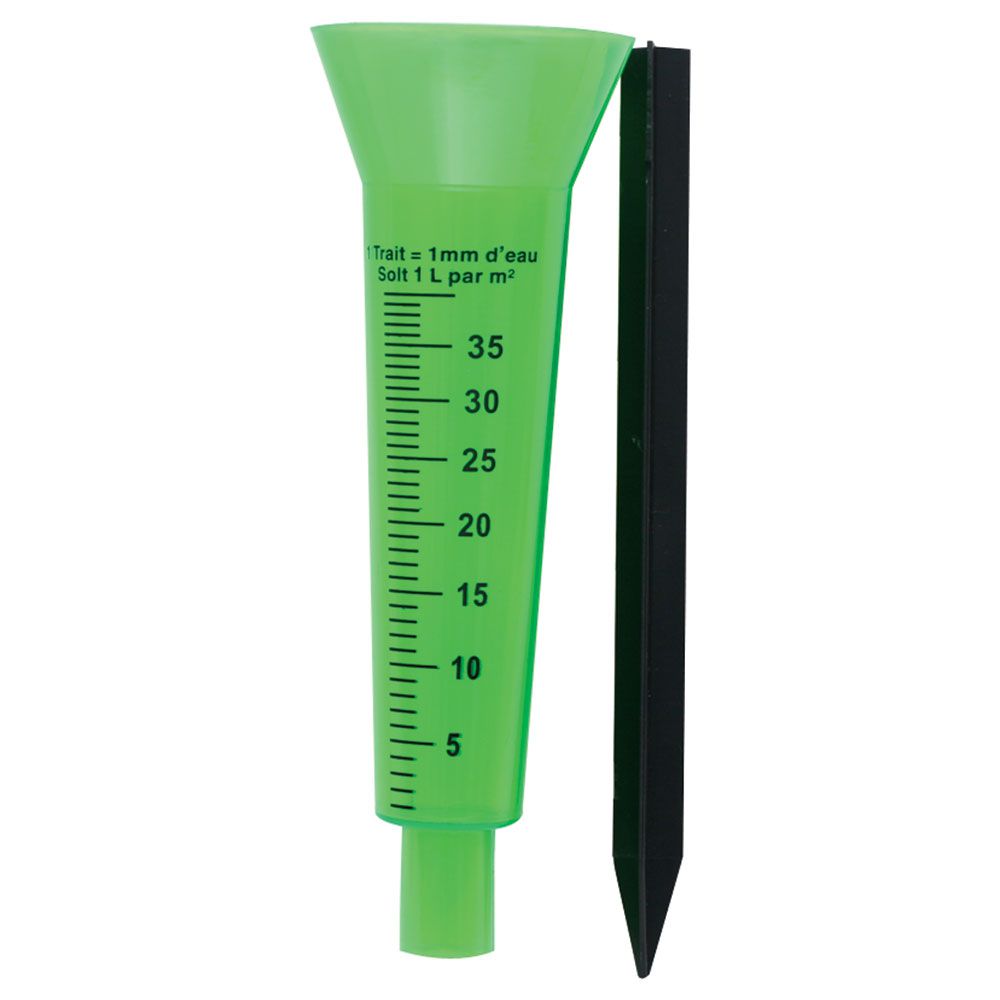Revealing the Science Behind Rain Determines: Exactly How These Gadgets Play an Important Duty in Environment Research Study and Ecological Tracking
Rain evaluates, apparently simple gadgets, hold an extensive value in the realm of climate research study and ecological surveillance. These plain tools silently gather among nature's most crucial components-- rains. Behind their unpretentious facade lies a complicated science that is indispensable for comprehending the dynamics of our atmosphere. As we peel off back the layers of this clinical veil surrounding rain assesses, we reveal a globe where accuracy, information accuracy, and precise observation assemble to reveal a deeper understanding of our altering climate and its effect on the earth.
Importance of Rain Scales
Rain gauges play a vital function in monitoring and measuring rainfall degrees, offering necessary data for climate study and evaluation. These gadgets are fundamental in evaluating the amount of rains that occurs in a specific area over a certain period. By determining and accumulating rainwater, rain determines deal valuable insights into the distribution and strength of precipitation, assisting meteorologists, hydrologists, and climatologists in comprehending weather condition patterns and patterns.
Furthermore, long-lasting information accumulated from rainfall gauges assists in analyzing climate change effects and patterns, contributing significantly to scientific research study and decision-making procedures. In significance, rainfall assesses serve as necessary devices in the field of weather forecasting and ecological scientific research, playing a critical duty in advancing our understanding of weather condition and environment characteristics.
Kinds Of Rainfall Scales

Performance and Procedure
In the world of environment research study and atmospheric studies, the effectiveness of rain gauges hinge on their detailed performance and accurate operational mechanisms. Rainfall determines are created to properly measure the quantity of rainfall that tips over a particular area during a set duration. These devices generally contain a funnel that collects rain and channels it into a gauging tube. The gauging tube is noted with calibrated measurements that permit the exact metrology of rains.
The capability of rainfall gauges is based upon the concept of gauging and gathering rain in a standardized fashion. This collected information is vital for comprehending local weather condition patterns, tracking lasting climate fads, and evaluating ecological effects. To make certain accurate measurements, rainfall evaluates need to be purposefully placed in open areas far from blockages such as buildings or trees that could hinder the collection procedure.
The operational facet of rain determines includes routine upkeep to prevent debris build-up, calibration checks to maintain measurement precision, and information recording for analysis (rain gauge). Generally, the capability and operation of rain evaluates are crucial for collecting reputable precipitation data important to environment research study and ecological surveillance
Role in Environment Research Study
Given the vital value of accurate precipitation measurements in understanding climate patterns and environmental impacts, the role of rain gauges in climate study is important. Rainfall assesses supply necessary information for climate research study by measuring the amount of precipitation that falls over a specific location throughout a provided period. This data is important for keeping track of lasting trends in precipitation patterns, evaluating the influence of environment adjustment on rains distribution, and improving environment versions.

Environment scientists make use of data collected from rainfall evaluates to analyze variants in precipitation degrees, determine local climate fads, and evaluate the performance of water source administration strategies. By contrasting historical rainfall information with current dimensions, scientists can identify shifts in precipitation patterns, such as modifications in the regularity or intensity of rains occasions. This details is important for comprehending just how climate modification is influencing rainfall dynamics and can assist policymakers make informed decisions regarding adjustment and reduction techniques.
Applications in Ecological Monitoring

In flood projecting, rainfall scale information assists to track rainfall intensity and distribution, permitting authorities to release prompt cautions and take needed procedures to reduce flood threats (rain gauge). Drought tracking counts on rain scale information to evaluate moisture levels in the soil and track rainfall shortages, aiding in the recognition of drought-prone locations and the application of drought response strategies
In addition, rainfall gauge information plays an important role in water source administration by offering information on water schedule and use patterns. This data is made use of read to make educated decisions regarding water allocation, preservation procedures, and sustainable water source planning. In addition, in farming, rain gauge information assists farmers in optimizing irrigation schedules, plant choice, and overall ranch management techniques based on local rainfall patterns. Overall, rainfall gauges are crucial tools in environmental surveillance, supplying important understandings that add to notified decision-making and lasting resource administration.
Final Thought
Finally, rainfall gauges are vital devices for gauging rainfall, providing valuable data for environment study and environmental monitoring. With various types and functionalities, rain evaluates play a crucial role in understanding rainfall patterns and their effect on the setting. By properly gauging rainfall, these devices add to the advancement of clinical expertise and aid in making educated choices relevant to water source administration Check This Out and catastrophe preparedness.
Rainfall evaluates play an indispensable role in tracking and determining rainfall levels, giving important data for environment research and evaluation. The typical rain gauge, known as the "tipping bucket" scale, is one of the most commonly made use of devices. Ultrasonic rain gauges use noise waves to spot the visibility of rain, giving real-time data on precipitation levels.Environment researchers use data gathered from rainfall assesses to evaluate variations in precipitation levels, identify local climate trends, and evaluate the effectiveness of water resource management approaches.In final thought, rain assesses are necessary devices for measuring rainfall, providing useful data for environment research study and environmental tracking.